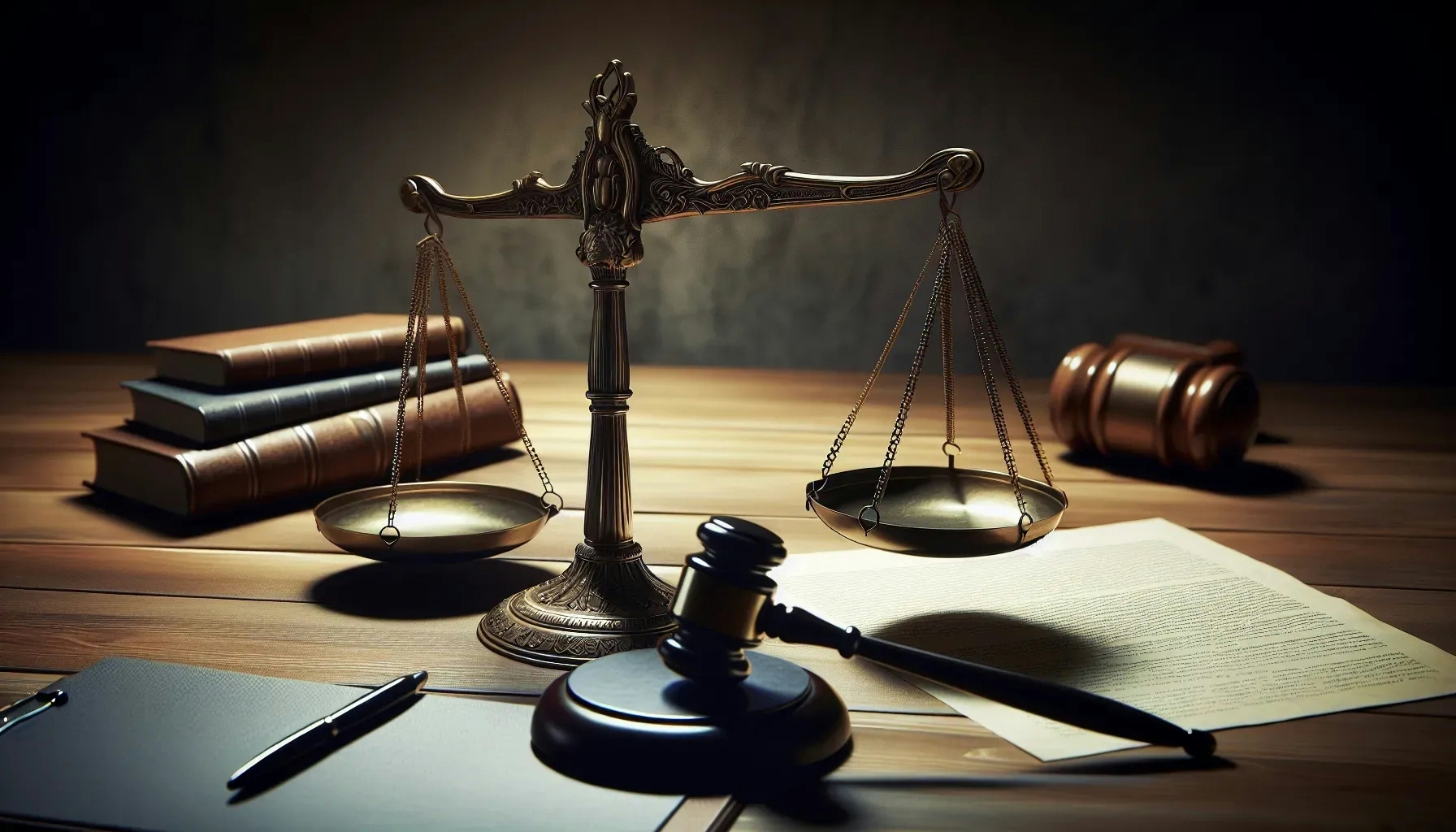What Key Elements Are Included in Effective Opening Statements?
Mediator Experts

What Key Elements Are Included in Effective Opening Statements?
When Arbitration Attorneys and ADR specialists craft their opening statements, they wield a strategic blend of technique and persuasion, beginning with due diligence as highlighted by a seasoned Partner. Alongside expert insights, we've gathered additional answers that capture the essence of effective arbitration advocacy. From establishing credibility and rapport to outlining expected evidence succinctly, discover the key elements that professionals emphasize in their opening gambits.
- Start With Due Diligence
- Introduce Main Points Clearly
- Summarize Facts and Legal Issues
- Establish Credibility and Rapport
- Weave Facts Into a Narrative
- Outline Expected Evidence Succinctly
Start With Due Diligence
The opening presentation to the mediator/arbitrator actually starts at the selection of the mediator, when your due diligence occurs to discover his or her background, experience, and substantive knowledge of issues relevant to the case. If possible, review the mediator’s prior decisions and use your network to ask others who have had proceedings before the mediator/arbitrator about their experiences.
You can learn a lot about the mediator’s manner, style, attitude, and approach to the case during the pre-hearing matter scheduling calls or Zoom meetings. Is the mediator asking questions, listening to the parties, apportioning time for discussion fairly, and disciplined in getting the matter started with details about discovery issues, motions, expert witnesses, and scheduling?
I have found that the 'decider' reads the pleadings before the hearing starts, and your opening is the opportunity to summarize the case by prioritizing and synthesizing (narrowing) the facts and issues from your side’s perspective. Tell the essential 'story' of your case and leave the mediator anxious to hear more. I leave time to present 'counter-views' of the most critical 'faults' in the opposition’s position, but not to regurgitate their side.
Introduce Main Points Clearly
An effective opening statement should introduce the main points of an argument clearly, allowing the audience to understand immediately what the central themes will be. The speaker must articulate the core arguments in such a way that they are distinct, straightforward, and memorable. Clarity is essential, and this can be achieved through precise language and emphasizing the relevance of each point.
It is important to avoid ambiguity as it can undermine the impact of the message. Take a moment to reflect on whether your opening statements follow these guidelines.
Summarize Facts and Legal Issues
Providing a concise summary of the facts and legal issues involved is an indispensable part of effective opening statements. This approach sets the stage for the audience by giving them the necessary context without overwhelming them with extraneous details. It is like giving a map before a journey, highlighting the paths and landmarks without cluttering the picture.
The summary should be informative enough to frame the arguments that follow but succinct enough to maintain engagement. Ensure your next opening statement provides a clear and concise summary to guide your audience through the legal landscape.
Establish Credibility and Rapport
Building credibility and establishing rapport with the audience from the outset is as crucial as the content of the opening statement itself. When speakers present themselves as trustworthy and approachable, they lay a foundation for the audience to receive their message positively. This creates a welcoming environment that fosters attention and openness to the points being made.
It requires a balance between professionalism and personal connection. Start your next presentation by consciously building a bridge of trust with your audience.
Weave Facts Into a Narrative
Engaging the audience with a compelling narrative in an opening statement invites them to view the case through a particular lens. Storytelling is a powerful tool that can make complex information more relatable and memorable. By weaving facts into a narrative, the speaker creates a connection with the audience that goes beyond mere data.
This approach helps the audience to visualize the circumstances and empathize with the participants. Make your next opening statement tell a story that captivates and resonates with your listeners.
Outline Expected Evidence Succinctly
Outlining the expected evidence succinctly in an opening statement equips the audience to understand how the pieces of the argument will come together. This method provides clarity and direction, showing the roadmap of the case without getting lost in the details. It is vital that this outline is brief and highlights the significance of the evidence in relation to the core argument.
Doing so keeps the audience engaged and anticipating how the argument will unfold. As you prepare for your next case, remember to outline your evidence in a way that is sharp and focused.